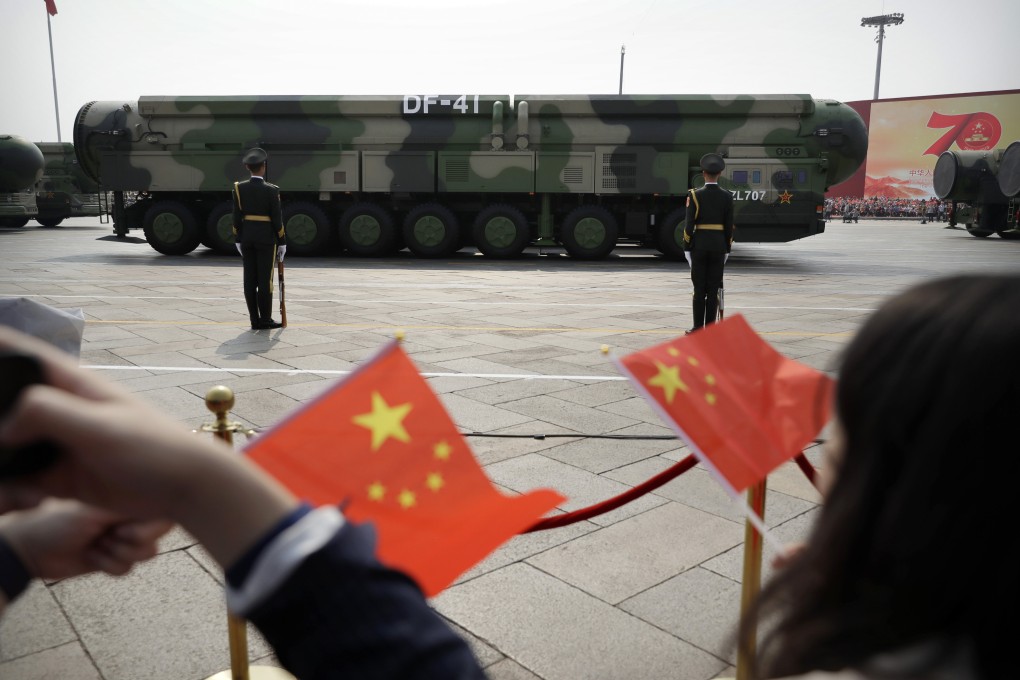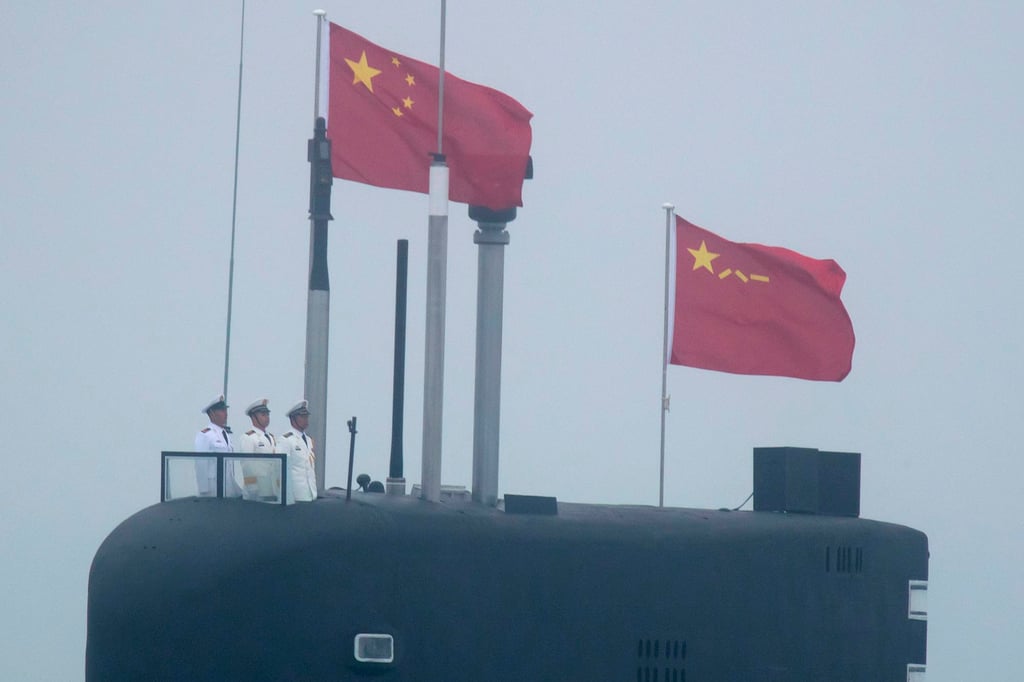China will have over 1,000 nuclear weapons by 2030, exceeding US predictions, Pentagon report on PLA expansion says
- China ‘will continue to rapidly modernise, diversify and expand its nuclear forces’, US Department of Defence report released on Thursday says
- Report suggests PLA has speeded up its building of sea-based nuclear platforms, including expanding Yalong Bay submarine base from four to six piers

According to a US Department of Defence report titled “2023 Report on Military and Security Developments Involving the People’s Republic of China” released on Thursday, Beijing is “on track to exceed previous projections” in boosting its nuclear capabilities.
The report said China was likely to have more than 500 operational nuclear warheads, with the number expected to exceed 1,000 by 2030, adding it has been expanding its quantity of “land-, sea-, and air-based nuclear delivery platforms” in the past decade by investing in infrastructure to support its nuclear forces.
“Over the next decade, [China] will continue to rapidly modernise, diversify and expand its nuclear forces,” the report said. “Compared to the PLA’s nuclear modernisation efforts a decade ago, current efforts dwarf previous attempts in both scale and complexity.”
“China’s nuclear build-up is aimed to give it credible options to escalate a conflict and thereby deter US intervention in conflicts between China and its neighbours, the most concerning which would be an invasion of Taiwan,” said John Bradford, executive director of the Yokosuka Council on Asia-Pacific Studies.

Zhou Chenming, a researcher with the Beijing-based Yuan Wang military science and technology think tank, said the Pentagon’s estimation of 1,000 operational nuclear warheads by 2030 could be seen as a “normal growth rate” reflecting China’s nuclear development progress.
